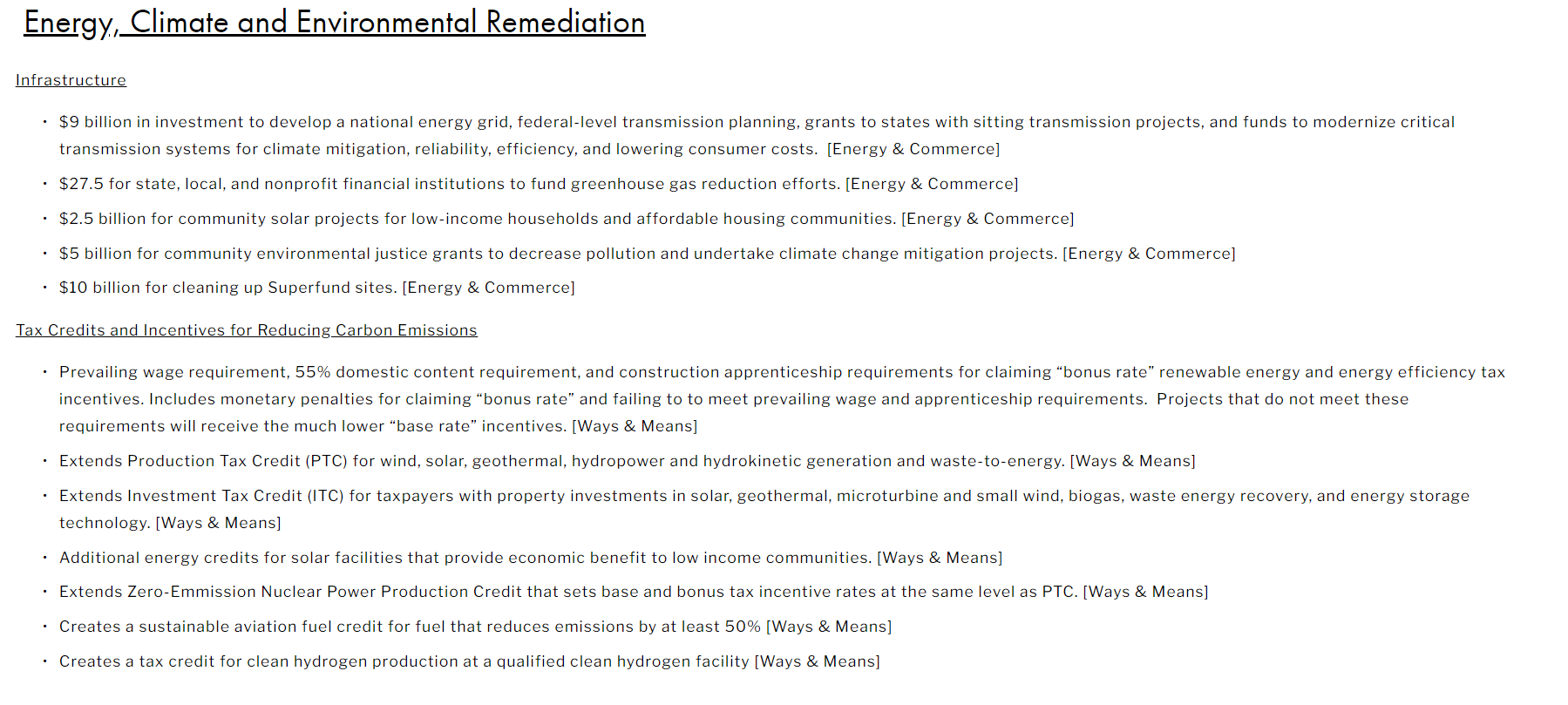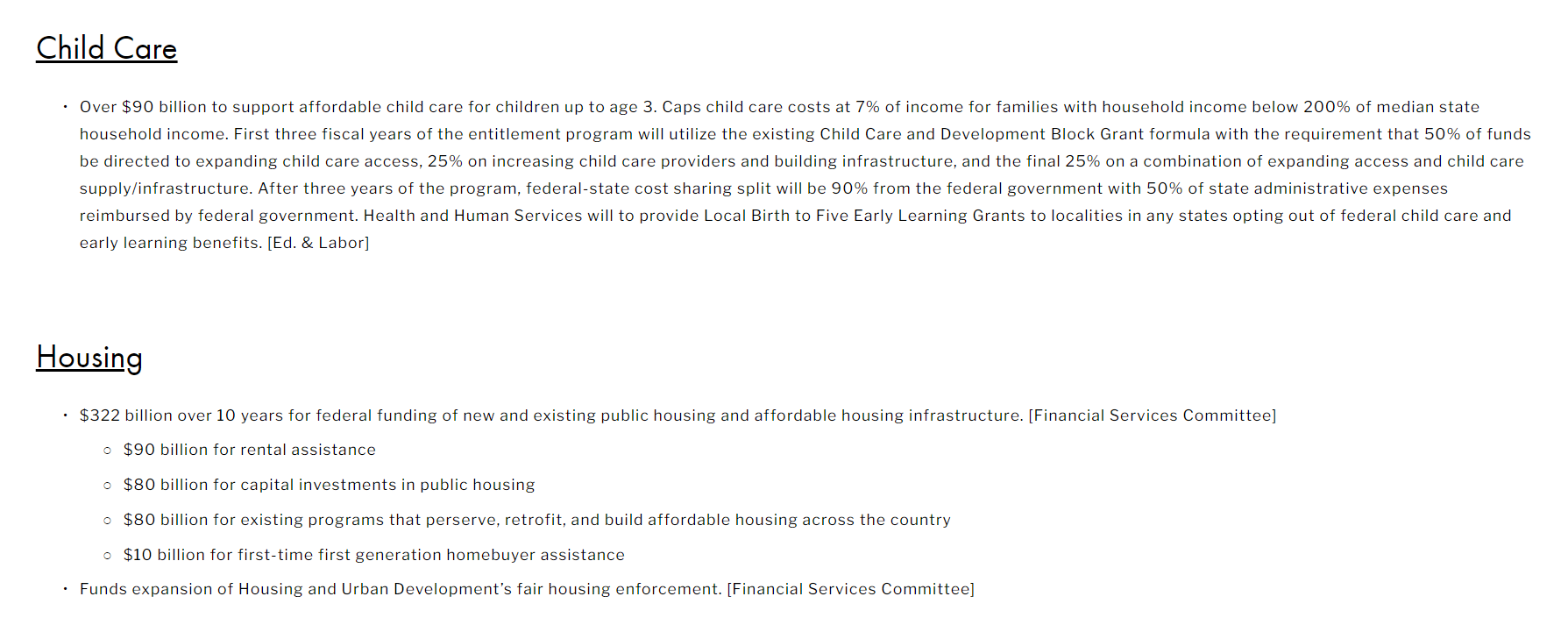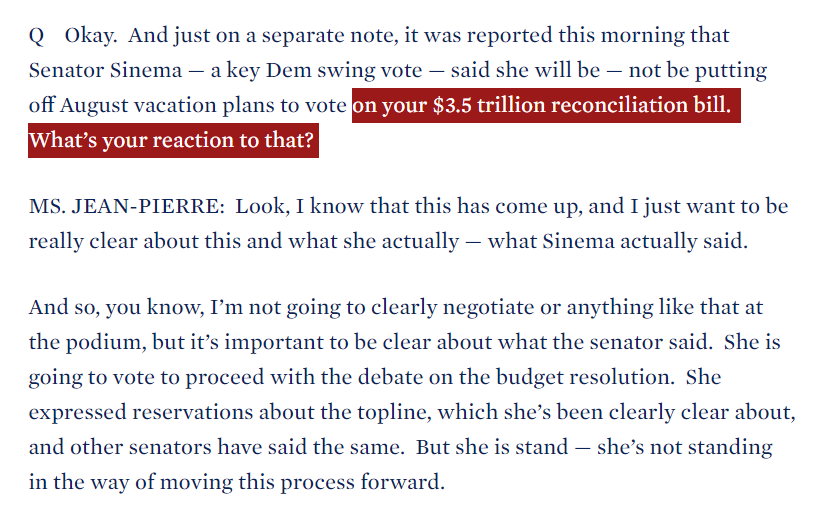Celerity
Celerity's JournalBooka Shade - Movements (FULL ALBUM) [2006 Electronic, Tech House, Downtempo, Minimal]
Label:
Get Physical Music – gpm cd006
Format:
CD, Album
Country:
Germany
Released:
May 2006
Genre:
Electronic
Style:
Electro, Tech House




The Cocooning of Kyrsten Sinema
The Arizona senator has undergone a political metamorphosis.https://www.nytimes.com/2021/10/05/us/politics/kyrsten-sinema-arizona-democrat.html

In February 2018, I went to Arizona to report on what progressive Democrats there thought about Kyrsten Sinema, the centrist whose Senate vote is key in the fight over President Biden’s agenda and political prospects. At the time, Ms. Sinema, then a three-term congresswoman, was the leading Democrat for the state’s Senate seat being vacated by Jeff Flake, a Republican. She was handpicked by Chuck Schumer, the Senate Democratic leader, for her fund-raising acumen and a carefully curated moderate image that was believed to play well in Arizona, which hadn’t elected a Democrat to the Senate in 30 years. Before flying to Phoenix, I asked Ms. Sinema’s aides whether she would be doing any campaigning or whether I could come see her — it was a week of congressional recess when members of Congress tend to spend time in their districts. After obfuscating about her whereabouts, Ms. Sinema’s team finally told me to meet her at a bookstore in Phoenix for what was described as a round-table discussion with local businesswomen. When I got there, I encountered a highly unusual scene for a major campaign. There was nobody else at the event, just the seven businesswomen, Ms. Sinema and her highly attentive staff (one aide unwrapped a straw before carefully placing it in Ms. Sinema’s can of La Croix), me and a small CNN crew. She spent the 38-minute discussion — seemingly conducted purely for the benefit of The Wall Street Journal, where I worked at the time, and CNN — taking every opportunity to praise President Donald J. Trump and her meetings with him.
When she was asked about child care, she said Mr. Trump’s daughter Ivanka Trump was working on it. In our subsequent 13-minute interview, Ms. Sinema couldn’t name any topics in which she disagreed with Mr. Trump. When I asked what her younger self, who worked for Ralph Nader’s presidential campaign, would think of her in 2018, she said she would be “proud of the growth.” And she wouldn’t say whether she had given up on her former, more liberal beliefs, but she stressed that she had prioritized results over rhetoric. “What I’ve learned to do is use the tools and skills that I’ve learned to be productive and get stuff done,” she told me. “Getting stuff done is amazing. It’s amazing when you can say, ‘I’ve delivered real results.’” What is perhaps most notable about that interview is that she did it at all. Ms. Sinema rarely granted requests for sit-down interviews with national reporters during the rest of her 2018 campaign. Since coming to Washington, she has been one of the most elusive senators on Capitol Hill. She doesn’t engage with Washington reporters in a serious way, doesn’t hold open-to-the-public events in Arizona and has effectively cut off communication with the local progressive groups that worked to get her elected in 2018. Her spokesman did not respond when I emailed him. Ian Danley, the executive director of Arizona Wins, a coalition of 32 progressive advocacy organizations, said his group had registered nearly 200,000 new voters and knocked on more than two million doors in support of Ms. Sinema’s 2018 campaign.
She has not once met with his group or its partners since taking office in 2019, he said. That, Mr. Danley said, prompted the frustration that led to the viral ambushing of Ms. Sinema over the weekend in a bathroom at Arizona State University, where she teaches classes on social work and fund-raising. Activists from Living United for Change in Arizona, one of the groups in the Arizona Wins coalition, pressed Ms. Sinema to support the $3.5 trillion Democratic legislation that would expand the social safety net. “What’s she supposed to do, she asked for a meeting — they tried to go meet with the staff and the senator, that doesn’t happen,” Mr. Danley said. “That’s a breakdown of constituent services, a breakdown of leadership — that’s not the fault of young people who are trying to lobby and influence their elected officials.” Ms. Sinema, in a blistering statement, called the bathroom episode “not legitimate protest.” Another activist tried without success to engage Ms. Sinema on her flight to Washington from Phoenix on Monday and there was another group waiting for her at Reagan National Airport. There, she pantomimed listening to something on her iPhone, which was odd because during the flight she had her AirPods in.
What happens next with Ms. Sinema is anyone’s guess. Unlike Senator Joe Manchin III of West Virginia, her fellow Democratic holdout on Mr. Biden’s legislation, Ms. Sinema hasn’t publicly articulated what she wants from the negotiations, a development that got her skewered on the latest episode of “Saturday Night Live.” Perhaps the thing to know about Ms. Sinema is how she views her own political metamorphosis. After beginning her career so far on the liberal end of politics that she refused to take campaign contributions (“that’s bribery,” she said while running for the Phoenix City Council in 2001) and wrote letters to the Arizona Republic condemning the very idea of capitalism, Ms. Sinema has gone to great lengths to define herself as the opposite of what she was before. “When I was young, I was passionate and excited and energized and wanted to help people in my community and change the world,” she told me in the 2018 interview. “What I’ve figured out is when you’re willing to work with people, even those with whom you sometimes disagree, when you work with people who are different from yourself, you can find common areas of agreement and achieve good things.” Ms. Sinema has finally swung so far around that the people she used to disagree with are now her allies. Her old allies, who now disagree with her, no longer have any hope she’ll work with them.
snip
Flight Facilities - Clair De Lune feat. Christine Hoberg (w/ one of the top 25 all-time videos)
Label:
Future Classic – FCL90
Format:
Vinyl, 12", Limited Edition
Country:
Australia
Released:
11 Nov 2012
Genre:
Electronic
Style:
Downtempo, Electro






The Fight We Cannot Afford To Lose
The vaccine may be available for younger kids as early as the end of this month. The Koch brothers and the GOP are gearing up to stop them from getting it.https://thebanter.substack.com/p/the-fight-we-cannot-afford-to-lose

There is a light at the end of the Covid tunnel. Possibly. Vaccines may be available for younger kids as early as the end of this month which would mean tens of millions more vaccinated against this miserable virus. If you do not have kids, you cannot possibly grasp the amount of relief this would provide to parents who love their children. But in MAGAland, where children are disposable pawns, the rage it will inspire will be beyond comprehension. A vaccine for almost every school-age child will kick off a bitter fight between those of us that put the welfare of children (and society) first and a death cult willing to sacrifice human life in the pursuit of political power. It’s a fight we cannot lose.
Russian Roulette No More
When first contemplating sending Jordan and Anastasia back to school without vaccines, Debbie and I simply said, “Nope.” Jordan, 13, has asthma (bad enough to land him in the hospital when he was younger) and Covid was a risk we were not willing to take. As soon as the Pfizer vaccine was made available for kids 12 and up, we had Jordan inoculated and off to summer school he went. We knew that even if he did contract Covid, which would be extremely unlikely, the chances of it developing into something serious were vanishingly small. That left us with Anastasia, 11, who would not be eligible for the shot until February of 2022. Sending her to school would be like playing Russian Roulette. The odds are definitely in your favour but for how long? We made the decision to go ahead and have her get the shot early because, we reasoned (and her paediatrician later confirmed but did not condone), that 10 ½ is no different from 11 when it comes to a vaccine. But millions of other parents were uncomfortable making that choice or their kids were far younger. That left them to either spin the cylinder and pull the trigger every single day or keep their kids home, if they even had the option to do the latter. It hasn’t been easy. As the Washington Post reports:

The peace of mind that comes with a shot cannot possibly be overstated. It was a big F’ing deal when Debbie, with her heart condition, was able to get it. I was pretty happy about that. But I wanted to weep in relief when the kids finally got their second shot. Kyle, 8, my donor son in NY, still does not have his but I’ll take what I can get. Now, millions of parents will be able to send their younger children to school knowing they will be safe. Pre-K is a different story and Kindergarten might be a little dodgy for a while. It varies from state to state, but some Kindergarteners will still be 4 years old as late as December and therefore unable to be vaccinated. From grades 1 and on, however, school will be as safe as the number of vaccinated children. Russian Roulette no more. This is great news for the country which means Republicans are going to be absolutely furious about it. If you doubt this, you really have not been paying attention to how awful these people are:
https://twitter.com/TheTNHoller/status/1443576917773324301
The ugliness is going to escalate. Fast.
Astroturf Rage. Again
After the election of Obama, there was a massive “grassroots” movement called the Tea Party. You may have heard of it. The press pretended the Tea Party was 100% organic and not at all made up of Republican paid operatives. Later, when someone bothered to look into who was funding and running the entire thing, it turned out to be completely fake and designed explicitly by the Koch network to push a Republican agenda. Of course, by then it was far too late and the damage was done. Having learned that fabricating a “grassroots” movement of angry people to do the GOP’s dirty work is a successful tactic, the Koch network is at it again. They haven’t come up with a catchy name and their paid operatives and useful idiots are not wearing ridiculous outfits, but it’s almost precisely the same thing. The Washington Post got its hands on a script being widely distributed by the Koch network, thus confirming what we already suspected:

snip
https://twitter.com/chadloder/status/1421931374567563264
https://twitter.com/RonFilipkowski/status/1445123241413160963
https://twitter.com/RonFilipkowski/status/1445195237815726081
Italian Techno Master - Mixed by Mauro Picotto (2002)
Label:
Ministry (Magazine) – MINMAG58
Format:
CD, Mixed, Compilation
Country:
UK
Released:
Nov 2002
Genre:
Electronic
Style:
Techno



Barry White - Can't Get Enough Of Your Love, Babe (SPare Mix)
SPare Extended Disco 12 inches Mix.
Song written, recorded, and produced by Barry White. Released as the first single from his album Can't Get Enough in 1974, the song topped the US Billboard Hot 100 and R&B charts and has since become one of his signature tunes. It was his second US chart-topper, after "Love's Theme". It became a gold record in the US.
Label:
Philips – 6162 023
Format:
Vinyl, 7", Single, 45 RPM
Country:
Netherlands
Released:
1974
Genre:
Funk / Soul
Style:
Soul



What's Wrong With Kyrsten Sinema?
https://www.nytimes.com/2021/10/04/opinion/sinema-kyrsten.html
In 2003, Joe Lieberman, at the time one of the worst Democratic senators, traveled to Arizona to campaign for his party’s presidential nomination and was regularly greeted by antiwar demonstrators. “He’s a shame to Democrats,” said the organizer of a protest outside a Tucson hotel, a left-wing social worker named Kyrsten Sinema. “I don’t even know why he’s running. He seems to want to get Republicans voting for him — what kind of strategy is that?” It was a good question, and one that many people would like to ask Sinema herself these days. People sometimes describe the Arizona senator as a centrist, but that seems the wrong term for someone who’s been working to derail some of the most broadly popular parts of Joe Biden’s agenda, corporate tax increases and reforms to lower prescription drug prices. Instead, she’s just acting as an obstructionist, seeming to bask in the approbation of Republicans who will probably never vote for her.
A “Saturday Night Live” skit this weekend captured her absurdist approach to negotiating the reconciliation bill that contains almost the entirety of Biden’s agenda. “What do I want from this bill?” asked the actress playing Sinema. “I’ll never tell.” It sometimes seems as if what Sinema wants is for people to sit around wondering what Sinema wants. When Sinema ran for Senate, the former left-wing firebrand reportedly told her advisers that she hoped to be the next John McCain, an independent force willing to buck her own party. Voting against a $15 minimum wage this year, she gave a thumbs down — accompanied by an obnoxious little curtsy — that seemed meant to recall the gesture McCain made when he voted against repealing key measures of the Affordable Care Act in 2017. But people admired McCain because they felt he embodied a consistent set of values, a straight-talking Captain America kind of patriotism. Despite his iconoclastic image, he was mostly a deeply conservative Republican; as CNN’s Harry Enten points out, on votes where the parties were split, he sided with his party about 90 percent of the time.
Sinema, by contrast, breaks with her fellow Democrats much more often. There hasn’t been a year since she entered Congress, Enten wrote, when she’s voted with her party more than 75 percent of the time. But what really makes her different from McCain is that nobody seems to know what she stands for. “We need to make health care more affordable, lower prescription drug prices, and fix the problems in the system — not go back to letting insurance companies call all the shots,” she tweeted in 2018. Yet Sinema reportedly objects to the Democrats’ plan to allow the federal government to negotiate drug prices for Medicare recipients and even opposes a scaled-back version of the policy put forward by some House moderates. She voted against the Trump tax cuts in the House but now seems to oppose undoing any of them. According to The New York Times, she’s “privately told colleagues she will not accept any corporate or income tax rate increases.”
https://twitter.com/kyrstensinema/status/972146454381830145
Why? An easy explanation would be money; she could just be protecting her campaign donors. But as Matthew Yglesias points out, in recent cycles small-dollar Democratic donors, who tend to be to the left of Democratic voters overall, have showered the party’s Senate candidates with cash. If Sinema tanks the Biden presidency, it’s unlikely to be great for her fund-raising. So I think it’s entirely possible that Sinema’s motives are sincere, because she’s come to believe in bipartisanship for its own sake, divorced from any underlying policy goals. To understand why, it’s worth reading Sinema’s one book-length explication of her political philosophy, her 2009 “Unite and Conquer: How to Build Coalitions That Win — and Last.” In “Unite and Conquer,” Sinema describes entering the Republican-controlled Arizona State House as a strident progressive, accomplishing nothing, being miserable and then recalibrating so that she could collaborate with her Republican colleagues. The book is vaguely New Agey. It places a lot of emphasis on deep breathing and extols what Sinema calls “Enso politics,” after a Zen term for a circle symbolizing enlightenment.
snip
The Moon Is Leaving Us
And we can’t stop it.https://www.theatlantic.com/science/archive/2021/09/moon-moving-away-earth/620254/




snip
Definitive debunking today by Biden himself of the false claims by some here that the $3.5 trillion
Build Back Better Act's (the $3.5 trillion reconciliation bill's initial top-line number put out by Biden) initial proposal was some sort of wild-eyed Bernie/Squad progressive 'pie-in-the-sky' wish list and that Biden did not write it. That claim is simply not true. The progressives already came down from $6 trillion for it months ago, and are simply fighting to keep as much as Biden's agenda for the reconciliation final bill intact, as opposed to Manchin and Sinema (who Biden called out ('2 senators') in his presser today multiple times, feel free to watch the whole video).
The video:
Start at 13:43
https://www.c-span.org/video/?515154-1/president-biden-guarantee-congress-raise-debt-limit-avoid-default#
President Biden: (sorry for the caps, it is from the auto transcript)
Build Back Better Act
https://en.wikipedia.org/wiki/Build_Back_Better_Act

Here is an attempt on here to false frame the $3.5 trillion as not Biden's and to claim it is the progressives' 'bottom line number' (made even more false (the claim it is a bottom-line prog number) as Sanders already has said that he admits the final number will come down from Biden's $3.5 trillion figure, which Biden himself also just said in the video above).
There are also attempts by some on here to pettifog and bog down debate by trying to play sematic games over the terms 'bill', 'framework', 'proposal', 'plan', etc etc, when the truth is that al those terms are used (rightly or wrongly) interchangeably by hundreds (thousands?) of posts, articles, telly shows, hell, even the White House itself, when talking about or referring to the Build Back Better Act aka the reconciliation bill.
I have remove the poster's name as I am not going to personally call them out.
The claims they make are demonstrably false, as I have shown.


Also, that poster made a false claim that there is not a framework. Sorry, wrong again, here is the initial broad spending framework for the $3.5 trillion Biden proposal:
Here is the broad spending framework
https://www.investopedia.com/here-s-what-s-in-the-usd1-trillion-infrastructure-bill-passed-by-the-senate-5196817
$332 billion for the Banking Committee. Including investments in public housing, the Housing Trust Fund, housing affordability, and equity and community land trusts.
$198 billion for the Energy and Natural Resources Committee. This would develop clean energy. (and remember, almost all environmental spend and tax credits were already gutted from the bi-partisan bill, as I have already shown)
$67 billion for the Environment and Public Works Committee. These monies would fund low-income solar and other climate-friendly technologies.
$1.8 trillion for the Finance Committee. This part of the bill is for investments in working families, the elderly, and the environment. It includes a tax cut for Americans making less than $400,000 a year, lowering the price of prescription drugs, and ensuring the wealthy and large corporations pay their fair share of taxes. (this is prime funding here, and Manchinema want mass cuts here, which blows it up)
$726 billion for the Health, Labor, Education, and Pensions Committee. This addresses universal pre-K for 3- and 4-year-olds, childcare for working families, tuition-free community college, funding for historically black colleges and universities, and an expansion of the Pell Grant for higher education.
$37 billion for the HSGAC Committee. This would electrify the federal vehicle fleet, electrify and rehab federal buildings, improve cybersecurity infrastructure, reinforce border management, invest in green-materials procurement, and invest in resilience. (agin most all was guttend from the other bill already)
$107 billion for the Judiciary Committee. These funds address establishing "lawful permanent status for qualified immigrants."
$20.5 billion for the Indian Affairs Committee. This addresses Native American health programs and facilities, education programs and facilities, housing programs, energy programs, resilience and climate programs, BIA programs and facilities, Native language programs, and the Native Civilian Climate Corps.
$25 billion for the Small Business Committee. This provides for small business access to credit, investment, and markets.
$18 billion for the Veterans Affairs Committee. This funds upgrades to veteran facilities.
$83 billion for the Commerce Committee. This goes to investments in technology, transportation, research, manufacturing, and economic development. It provides funding for coastal resiliency, healthy oceans investments, including the National Oceans and Coastal Security Fund and the National Science Foundation research and technology directorate.
More detail of the $3.5 trillion framework:
Update on The Build Back Better Act
https://www.ifpte.org/bbb-act
This September, Congressional Representatives and Senators working to advance a fiscal year 2022 budget reconciliation package that invests up to $3.5 trillion over 10 years in physical, social, and innovation infrastructure. This legislation, called the Build Back Better Act, is being crafted to include significant parts of President Biden’s American Jobs Plan and American Families Plan and supports domestic manufacturing and R&D, resilient supply chains, affordable housing, advanced energy infrastructure and policies, education, healthcare, childcare, paid leave, labor law enforcement, and more. Through the budget reconciliation process, both the House and Senate can advance the legislation through a simple majority.
Typically, legislation in the Senate requires a procedural vote that needs a 60-vote supermajority to close debate before a bill can advance to a floor vote. If passed by the House, the legislation is expected to move through the Senate committees and finally to the Senate floor. After 20-hour Senate floor debate that cannot be obstructed by the 60-vote filibuster rule, the bill would move to a “vote-a-rama” amendment process where proposed amendments that are germane to the bill will be voted on without debate.
The budget reconciliation process moved forward on August 11 when the Senate passed a budget resolution — titled “S.Con.Res. 14, A Concurrent Resolution on the Budget for Fiscal Year 2022.” The House of Representatives passed Senate Continuing Resolution 14 on August 24. Twelve committees in the House of Representatives have worked with corresponding committees in the Senate as well as the White House to craft legislative text for the Build Back Better Act. Currently, House and Senate leadership, committee chairs, and the White House are conferring and continuing to work on a Build Back Better bill that will have a majority of votes to pass the House and at least 50 votes (plus the vote of the Senate President/Vice President Kamala Harris) to pass in the Senate.
(you can right click and open image in new tab to see the text enlarged)








More from the White House talking about the $3.5 trillion including Biden calling it his plan, and also his mentioning the initial $6 trillion.
https://www.whitehouse.gov/briefing-room/speeches-remarks/2021/09/24/remarks-by-president-biden-on-the-covid-19-response-and-the-vaccination-program-8/


https://www.whitehouse.gov/briefing-room/speeches-remarks/2021/08/10/remarks-by-president-biden-on-the-senate-passage-of-the-bipartisan-infrastructure-investment-and-jobs-act/

https://www.whitehouse.gov/briefing-room/press-briefings/2021/07/30/press-briefing-by-principal-deputy-press-secretary-karine-jean-pierre-july-30-2021/

Profile Information
Gender: FemaleHometown: London
Home country: US/UK/Sweden
Current location: Stockholm, Sweden
Member since: Sun Jul 1, 2018, 07:25 PM
Number of posts: 43,688
